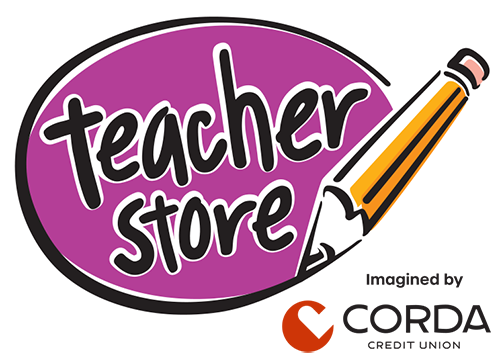Coming to America
By Carolyn Lyon James
Walk down the halls of any school between classes, and you are inundated with the excited chatter and banter of kids talking about their classes, their teachers, or their personal lives. But every now and then, you can hear something else. You can hear conversations between kids speaking in another language. Although it can be startling, it is becoming more commonplace within the Cedar Rapids schools. While the majority of these students are immigrants from Mexico or Central America, or refugees fleeing from Africa, students have come into the district from Ukraine, Asia, the Middle East, and all over the world. In Kennedy High School alone, the student population represents over 20 different countries, speaking many different languages.
As these new students come into the Cedar Rapids schools, they enter into the ELL, or English Language Learner, program. The program helps acclimate students to life in Iowa, as well as assimilate them into the general population at school. And the transition can be very difficult. Most of these kids have had an incredible journey to get here and are traumatized and confused, sometimes unable to process their pain in their own language, let alone in a language they don’t speak. Plus, many of them have experienced a disruption in their learning, anywhere from six to eighteen months, due to the time it took to leave their country of origin and be allowed to enter the United States. Teachers and counselors alike work to help them process their trauma and find a way forward, but the challenges associated with trauma, especially at the elementary level, are under-recognized. Besides the language barrier, there can be a ton of paperwork that needs to be filed — all in English — just to get trauma-based care assigned to help a student. And that is assuming the parents agree to seek help for their child in the first place. Many parents balk at the idea of therapy, since it’s a taboo subject in their home country.
We hear so many stories and see images of people who have fled dangerous countries and landed on our shores with little more than the clothes on their backs. With these images in our minds, we tend to think of immigrants and refugees as being impoverished and under-educated. The reality, in many cases, can be actually quite different. I spoke with Julie Bradley, who has worked in the Cedar Rapids ELL program for many years, mostly with elementary-age kids. She told me that many of these students came from regular middle-class families. But coming to this country cost them almost everything they had, and finding work in the United States is difficult, especially when contending with a language barrier. She said that in her experience, many of these children speak two, and even three, different languages. It’s just that English isn’t one of those languages.
One of the most important things teachers and students need to recognize, said Bradley, is the “difference between feeling sorry for these kids with all the difficulties they’ve experienced [in their journey to get to this country] and admiring them for their resilience and intelligence. We shouldn’t think of these kids as ‘less than’ simply because their English isn’t perfect.” They have been through a lot to get here, and they may not always be able to express their thoughts in perfect English. But they are still just kids, like any other kid we encounter in the classroom, and are deserving of our attention and compassion as much as, if not more so, than all the other kids we work with on a daily basis.
The war in Ukraine is grinding on into its second year. More stories are coming out about the tragedy and devastation associated with the earthquakes in Syria and Turkey. And people from Mexico and Central America continue to flock to our borders in the hopes of finding a better life in the United States. To those lucky few who make it into our classrooms, we need to embrace them, differences and all, and help them feel welcome into the new and better life that all kids deserve.


